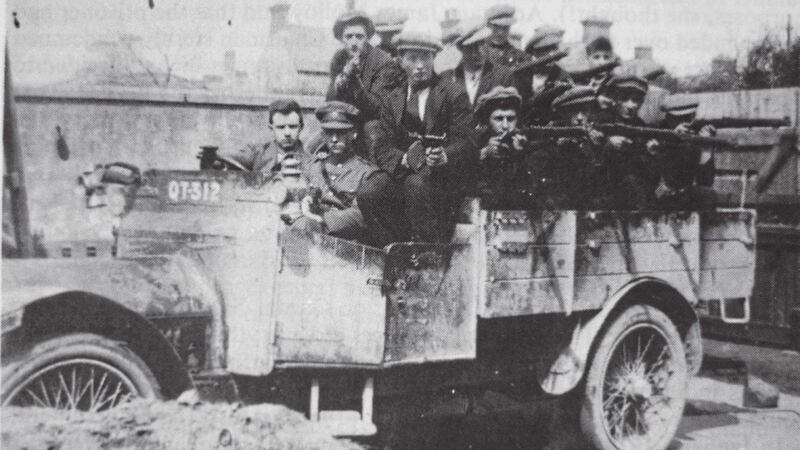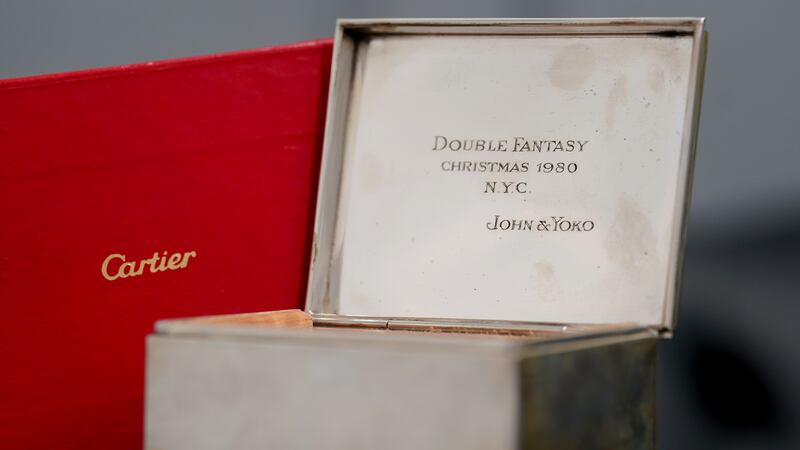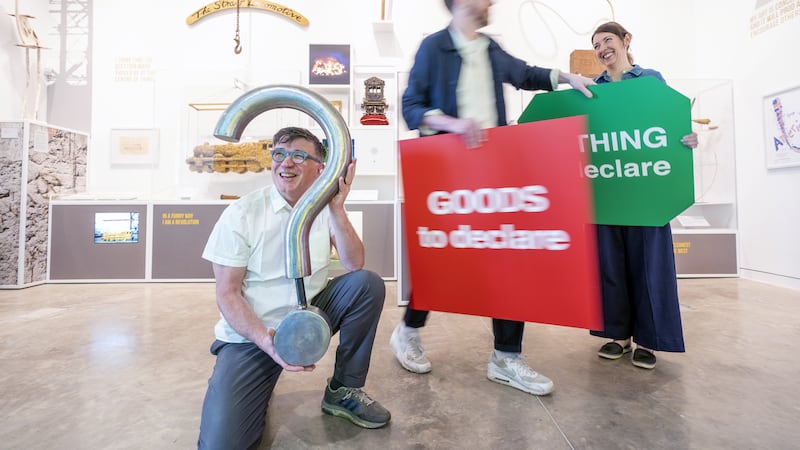BETWEEN 1911 and 1925 Co Donegal was a bastion of conservative nationalism, Co Derry a stronghold of hard-line unionism; between them lay the deeply symbolic, religiously and ethnically divided, and potentially combustible Derry city.
In Derry elections were won and lost on voter registration. The 1913 Derry by-election came at an important point in the Home Rule cycle, and voters returned from England, Scotland, the United States, Canada, and even, in one case, Algiers.
During the Irish revolutionary period in the years either side of 1916 the north west was an important but relatively non-violent part of Ireland. Some believed that during the Ulster crisis of 1912-14 it was the most likely to be the nexus of conflict but, in the end, the First World War prevented the outbreak of violence.
It was noticeably loyal to Irish Parliamentary Party leader John Redmond – who advocated support for Britain's war effort in return for Home Rule – during the early part of the war, though, except for Derry city, it was a low recruiting area for the British army. At the same time, however, there was little enthusiasm for the IRB, the Irish Volunteers or Sinn Féin.
The Irish Parliamentary Party’s acceptance of temporary partition in 1916 and the 1918 conscription crisis, when the British government sought to impose a military draft in Ireland, dealt serious blows to the party. On June 11 1916 leading member John Dillon wrote to Lloyd George, telling him that popular opinion "is dead against a divided Ireland…"
"You have let Hell loose in Ireland and I do not see how Ireland is to be governed," Dillon wrote.
Cardinal Logue, the Catholic primate – himself a Donegal man – believed "it would be infinitely better to remain as we are for 50 years than to accept these proposals".
The only senior member of the IRA in Donegal who might be described as genuinely left wing, Peadar O’Donnell, refuted the idea that the Easter Rising and subsequent executions were the reasons for the War of Independence.
"I was in Donegal, and I don’t believe the executions of 1916 would have passed into ballads like ’98, only the threat of conscription came on its heels, and that it was the threat of conscription that forced people on their feet."
The opposition of constitutional nationalists and a substantial unionist population restricted local IRA activity in the War of Independence. However, in the first half of 1920, increased IRA activity and the ending of unionist electoral dominance led to the most severe sectarian riots in the north outside of Belfast in June 1920, leaving 19 dead.
A London Times correspondent noted that Derry city was a "powdermine". He warned that without cross-community initiative, "Derry is quite likely to be destroyed".
In the north west, local factors such as religious demography, geography, clerical influence and the resilience of conservative nationalism restricted republican violence, unlike in southern counties.
Despite these limitations, the IRA in Donegal was strongest in the west of the county. To the consternation of Whitehall, the Dungloe district was considered a "miniature Republic" by the end of 1920, according to Joseph Sweeney, Brigade O/C for West Donegal and the most important IRA leader in the county.
Arguably, in the north west, it was the nationalists in south Derry who suffered the most during the period. In response to increased IRA activity in 1921-2 – notably attacks in Bellaghy, Draperstown and Ballyronan – the Special Constabulary of the nascent northern Irish state almost certainly carried out a number of extrajudicial killings of Catholics in the county.
For example, on May 19 1922, four Catholics were dragged from their beds and killed in Desertmartin. This followed a Specials rampage in the hamlet the previous day in reprisal for the burning of Sterritt’s corn and flour mill. Another Catholic, the fifth in two months, was murdered in Desertmartin at the end of July, which a policeman acknowledged was "believed to be the work of 'B' men".
The introduction of internment weakened the Northern IRA, and much of the South Derry IRA retreated across the new border.
Even though the north-west was peripheral in the War of Independence, Donegal became a staging point for the northern offensive, with northerners fleeing across the border and southern fighters entering the county in an effort to unite IRA factions in a common cause.
This ill-thought-out attempt at reconciliation broke down. The fact that most of the local IRA was pro-Treaty and the outsiders were anti-Treaty caused great local anger in what was viewed as an unwanted and imported conflict.
Despite not officially recognising the Boundary Commission, James Craig campaigned for Donegal to be incorporated into Northern Ireland, but when the Commission’s 1925 report was leaked, and it was discovered that parts of Donegal were to be included in Northern Ireland, there was local anger and recrimination. There were also warnings from clerical circles of resistance "to the death" to protect Donegal territory.
The report was abandoned. Nationalists who had placed great hope in the Boundary Commission were betrayed, partition was entrenched, and the north west was divided between two different states.
:: Forging the Border: Donegal and Derry in Times of Revolution, 1911-1925 by Okan Ozseker, RRP £17.99/€19.99, is published by Irish Academic Press (iap.ie).



